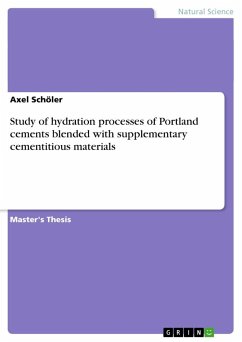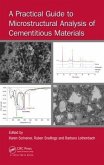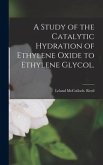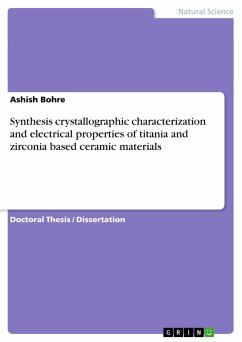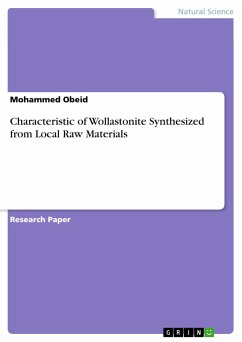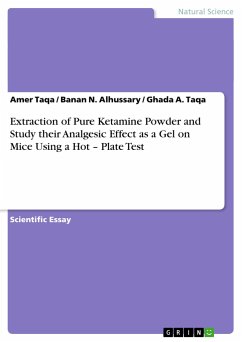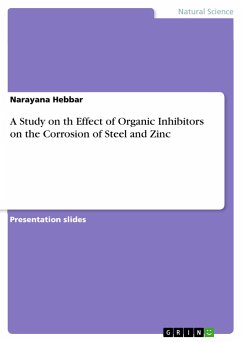Master's Thesis from the year 2012 in the subject Chemistry - Materials Chemistry, grade: 1,3, TU Bergakademie Freiberg (Institut für Glas, Keramik und Baustofftechnik), course: Bauchemie, language: English, abstract: The production of Portland cement clinker has a share of about 6% to 8% on the global CO2-emissions . Approximately 60% of those emissions are attributable to the decarbonation of limestone. A widespread approach for the reduction of the CO2-emissions is toreplace the clinker in the cement by pozzolanic waste materials, e.g. fly ash. The reaction of fly ash is generally slow. Due to this slow reaction cement pastes mixed of Portland cement and fly ash have a slower strength development than pure Portland cement, at least at early ages up to 7 days. The goal of this study was to increase early strength properties of Portland cement/fly ash blends by increasing the early ettringite formation in order to decrease the porosity. Therefore various amounts of anhydrite and laboratory synthesised C3A were added to Portland cement/fly ash systems that contained 30% fly ash. The behavior of these systems in terms of kinetics, phase development and microstructure was studied by means of strength tests, isothermal calorimetry, thermogravimetric analysis, chemical shrinkage, X-ray diffraction, backscattered electron image analysis, mercury intrusion porosimetry and thermodynamic modeling. In addition the activation by Na2SO4 was investigated on certain systems.It was found that the amount of ettringite formed increases gradually with increasing amounts of anhydrite and C3A. The formation of ettringite was completed at approximately 1 day. Further the activation with Na2SO4 increased the amount of ettringiteand shifted the completion of its formation to approximately 2 days. Due to the addition of anhydrite and C3A the porosity decreased corresponding to the amount of ettringite formed. The effects on the development of early strength were most distinct for very highadditions and for systems activated by Na2SO4. All systems showed equal strengths at 7 d and 28 d. For later ages up to 90 days, the benefits at early ages were found to be inversed, leading to lower strength values compared to systems without or with low additionsof anhydrite, C3A or Na2SO4. Eventually the increase in early strength was either too low to be significant or only relevant at very high additions of anhydrite and C3A with simultaneous system activation by Na2SO4. In terms of kinetics a remarkable impact ofthe added C3A was observed as this seemed to significantly accelerate the silicate reaction of the Portland cement.
Hinweis: Dieser Artikel kann nur an eine deutsche Lieferadresse ausgeliefert werden.
Hinweis: Dieser Artikel kann nur an eine deutsche Lieferadresse ausgeliefert werden.

